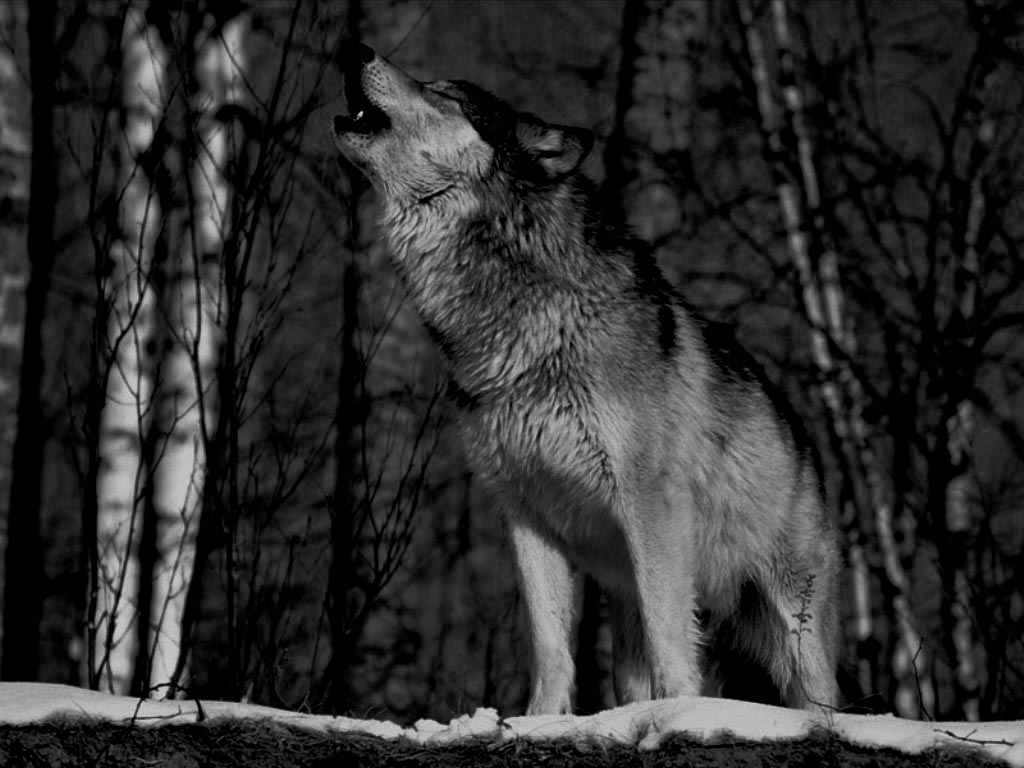

Received: ApAccepted: OctoPublished: October 31, 2019Ĭopyright: © 2019 Sadhukhan et al. PLoS ONE 14(10):Įditor: Govindhaswamy Umapathy, Centre for Cellular and Molecular Biology, INDIA Our study’s characterisation of the Indian wolf’s harmonic vocal repertoire provides a first step in understanding the function and contextual use of vocalisations in this social mammal.Ĭitation: Sadhukhan S, Hennelly L, Habib B (2019) Characterising the harmonic vocal repertoire of the Indian wolf ( Canis lupus pallipes). Lastly, we identified the whine, which had a mean fundamental frequency of 906Hz (☒42) and is similar to the Italian wolf (979☑09 Hz). ‘Social squeak’ or ‘talking’ (Mean fundamental frequency = 461☘3 Hz), which is highly variable (coefficient of frequency variation = 18.778☓.587). Less information is available on the third vocalisation type, i.e. The whimper showed the highest frequency modulation (37.296±4.601) and the highest mean fundamental frequency (1708±524 Hz) compared to other call types. Although having a smaller body size compared to other wolf subspecies, Indian wolf howls have an average mean fundamental frequency of 422 Hz (☑26), which is similar to other wolf subspecies.

Using principal component analysis, hierarchical clustering, and discriminant function analysis, we found four distinct vocalisations using 270 recorded vocalisations (Average Silhouette width Si = 0.598) which include howls and howl-barks (N = 238), whimper (N = 2), social squeak (N = 28), and whine (N = 2). In this study, we characterise harmonic vocalisation types of the Indian wolf using howl survey responses and opportunistic recordings from captive and nine packs (each pack contains 2–9 individuals) of free-ranging Indian wolves. The Indian grey wolf, among the least studied subspecies, is a social carnivore that lives in groups called packs and has many types of vocal communication. In captivity, they live upward of 15 years.Vocal communication in social animals plays a crucial role in mate choice, maintaining social structure, and foraging strategy. In the wild, wolves live 8 to 13 years, sometimes more. The mother wolf moves her pups to new den sites every couple of months until the fall, when the pack stops living at den sites. After the adults regurgitate the food, the pups have a hearty meal. Adult pack members swallow meat and bring it back to the den for their pups. At birth, they cannot see or hear and weigh about one pound. Wolves are pregnant for about 63 days and usually birth four to six pups. The breeding season is earlier for wolves living farther south. In the northern United States, they breed from late January through March. In some areas, young adults travel hundreds of miles to find a new territory. The new territory can be close by if there is a lot of prey. When the young adults reach the age of three, they can either join the pack or leave to find their own territory. The alpha female and male are the only ones that breed. The alpha male is dominant over the entire pack, both males and females. Within the pack hierarchy, there are male and female hierarchies. Occasionally a pack can increase to 30 members, until some individuals break off to find new territory and form their own pack. Most packs have four to nine members, but the size can range from as few as two wolves to as many as 15.


 0 kommentar(er)
0 kommentar(er)
